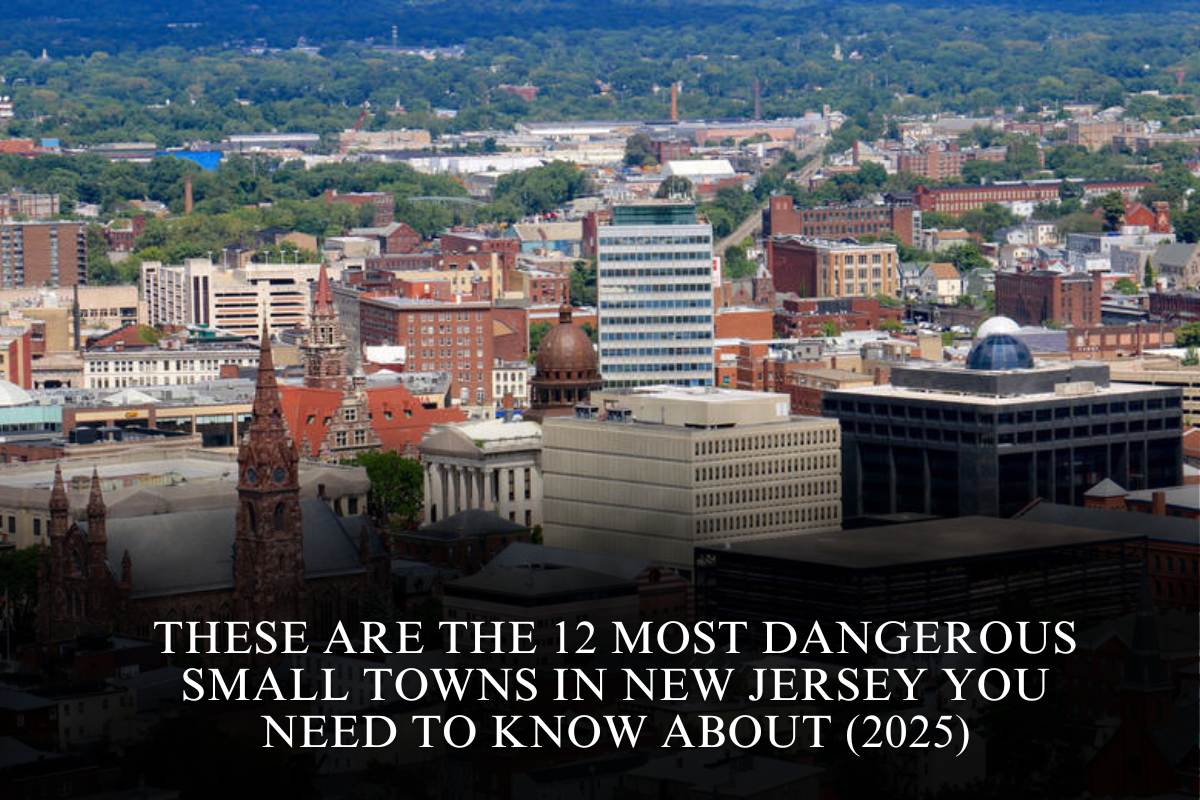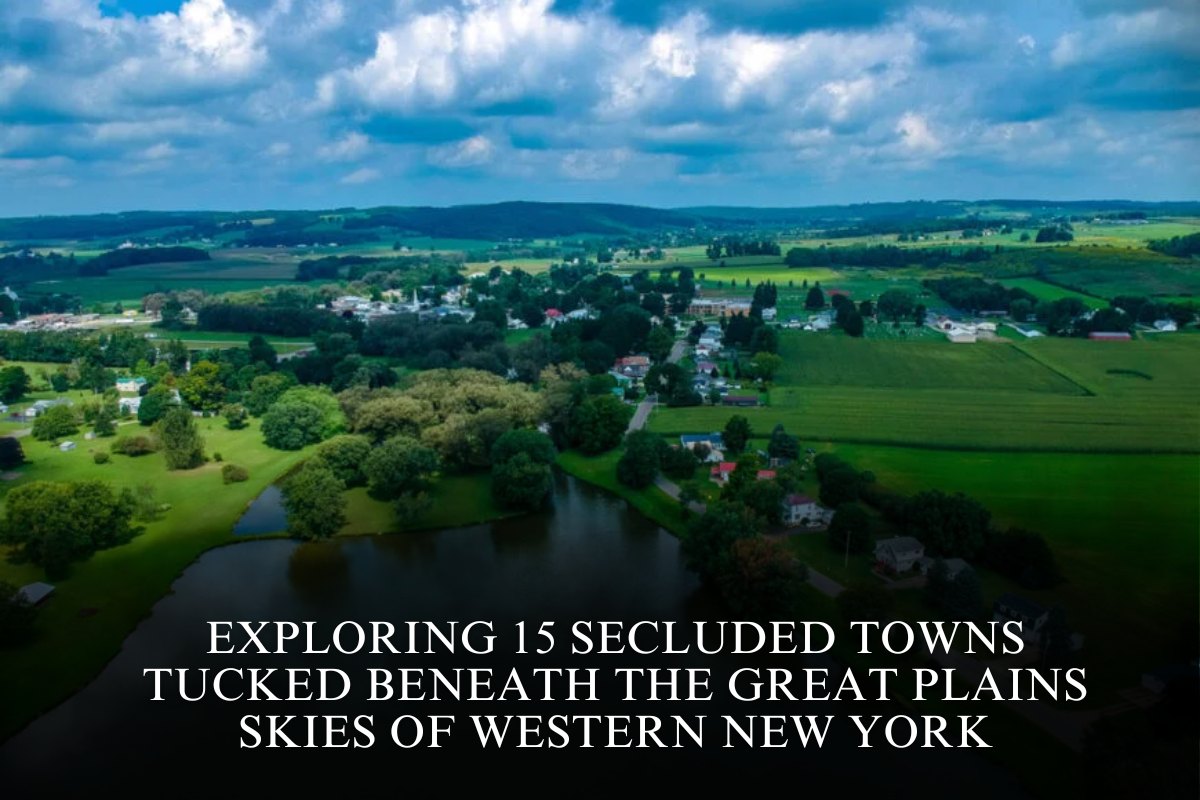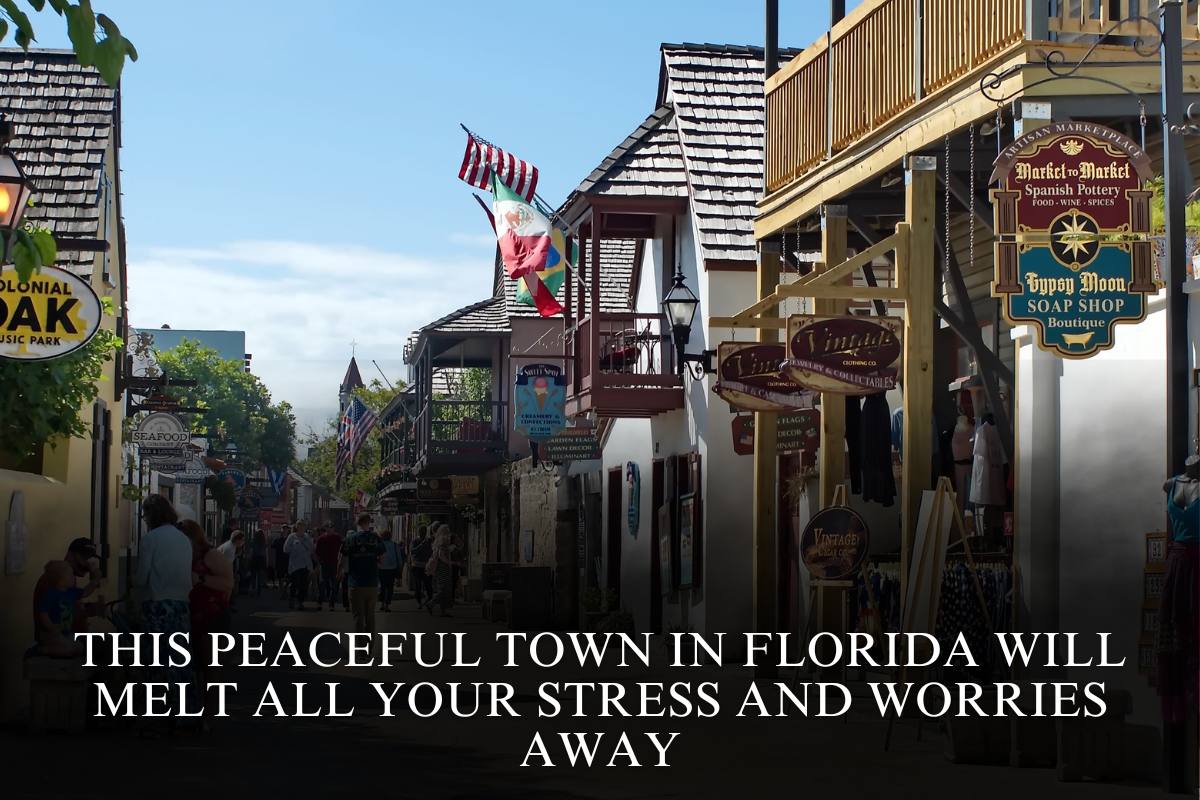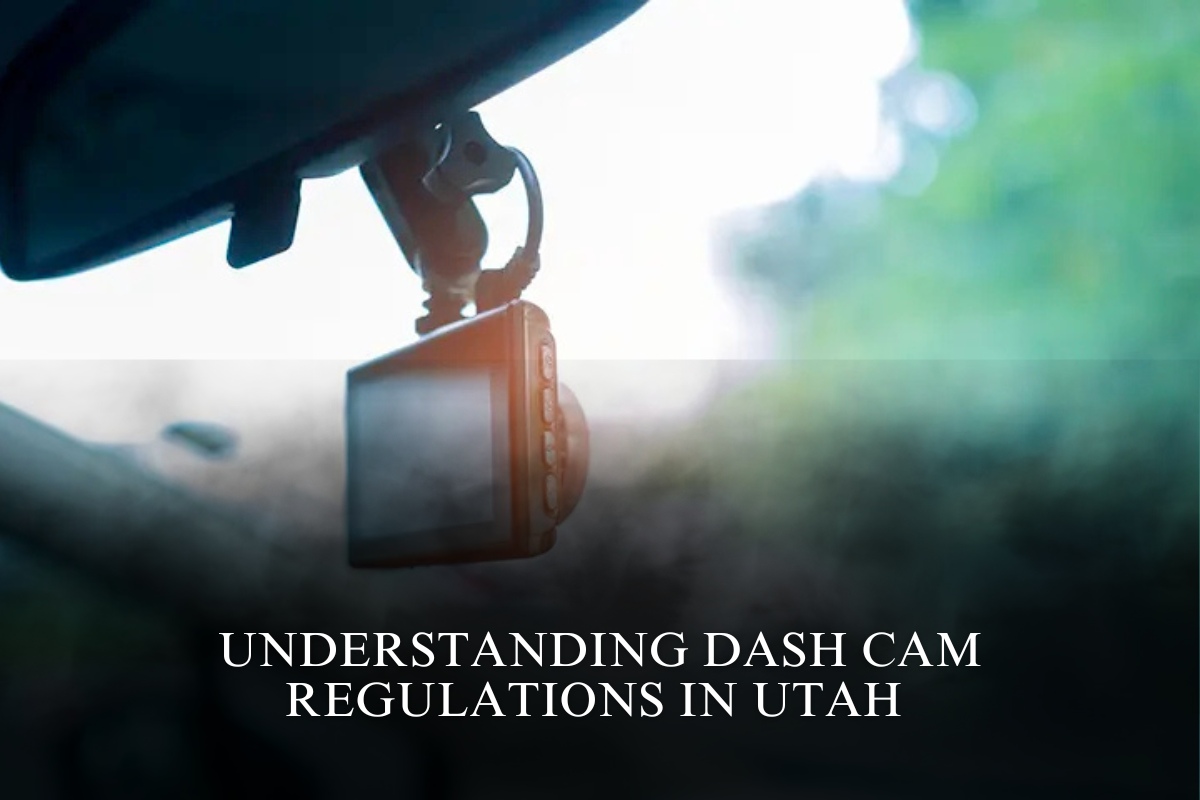On Saturday, scattered thunderstorms are expected to mix with continued high temperatures, with some areas reaching 34 degrees Celsius.
A yellow thunderstorm weather warning will be issued for all of northern England, from Nottingham to above Newcastle, beginning at 3 p.m. and lasting until 4 a.m. on Sunday.
The Met Office warned that the most intense storms could produce “frequent lightning, large hail, and gusty winds,” as well as flooding.
Temperatures in parts of eastern England could also rise above 32.2 degrees Celsius on Thursday, making it the hottest day of the year so far.
Heatwaves were triggered across the county and in Wales on Friday, prompting an amber heat-health alert for the entire weekend in all regions of England.
Large crowds are expected to gather at Stonehenge early Saturday morning for the annual summer solstice, with mild temperatures in the high teens for those watching the spectacle.
Nicola Maxey, a Met Office spokeswoman, said: “There will be scattered thunderstorms.
“Some of the rain could be quite intense, with frequent lightning, hail, gusty winds, and some heavy downpours, which we haven’t seen in a long time.”
“Some of the ground is quite hard right now, and heavy rain can cause surface water issues.
“You might find surface water on the roads, drains finding it difficult to cope and a small chance of homes being flooded.”
An official heatwave occurs when temperatures reach a certain level for three days in a row, with thresholds ranging from 25C to 28C in different parts of the UK.
The Met Office confirmed that “many places” in England and “one or two areas” in Wales, including Cardiff, experienced heatwaves on Friday.
Aidan McGovern, meteorologist at the Met Office, said: “At the moment, the temperatures will be highest towards the east, [with] lower temperatures in the west compared to Friday, but still high humidity, so it’s going to feel oppressive in many places, and [there is] always a chance of some showers developing as the day progresses, particularly towards the west.”
“Temperatures [will be] peaking at 31 to 33, or 34C, somewhere between London and Midlands and north-east England.”
The forecaster also predicted that UV and pollen levels would be extremely high across the country on Saturday.
On Thursday, temperatures reached 32.2 degrees Celsius in Kew, west London, making it the warmest day of the year thus far, while Friday saw highs of 30.8 degrees Celsius in both England and Wales.
The amber heat-health alert, issued by the UK Health Security Agency (UKHSA) for the first time since September 2023, is in effect until 9 a.m. on Monday.
It warns that “significant impacts are likely” on health and social care services as a result of high temperatures, including an increase in deaths, particularly among the elderly and people with health conditions.
Following the hot weather, the Royal Society for the Prevention of Accidents (RoSPA) advised the public to take heat and water safety seriously.
Temperatures soared above 40 degrees Celsius during the 2022 heatwave, resulting in 320 hospitalisations.
According to Steve Cole, policy director at RoSPA, “Heat is no longer just a holiday perk—it’s a growing public health risk.”
“We’re seeing more frequent and intense heatwaves, both in the UK and around the world, and the data shows a clear increase in heat-related illnesses and deaths.
“Warm weather can also be misleading when it comes to going for a swim.
“While the air may feel hot, water temperatures often remain dangerously cold, which can lead to cold-water shock, even in summer.”












